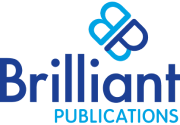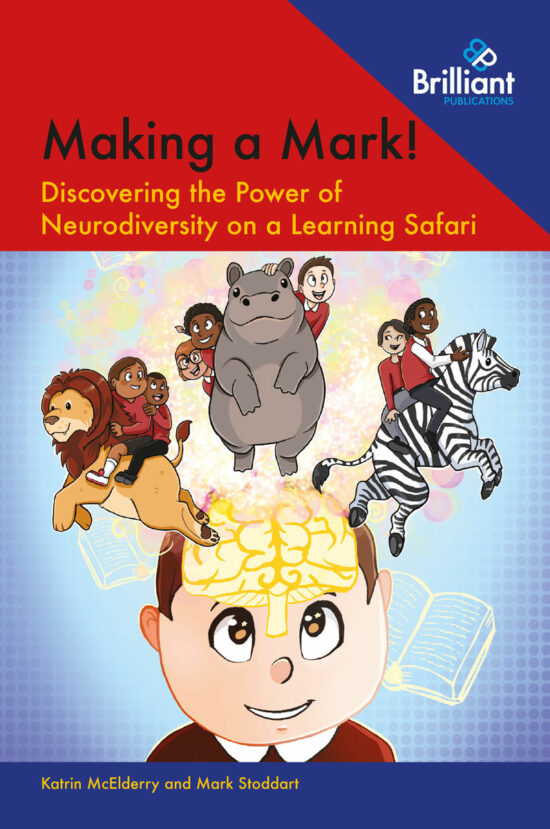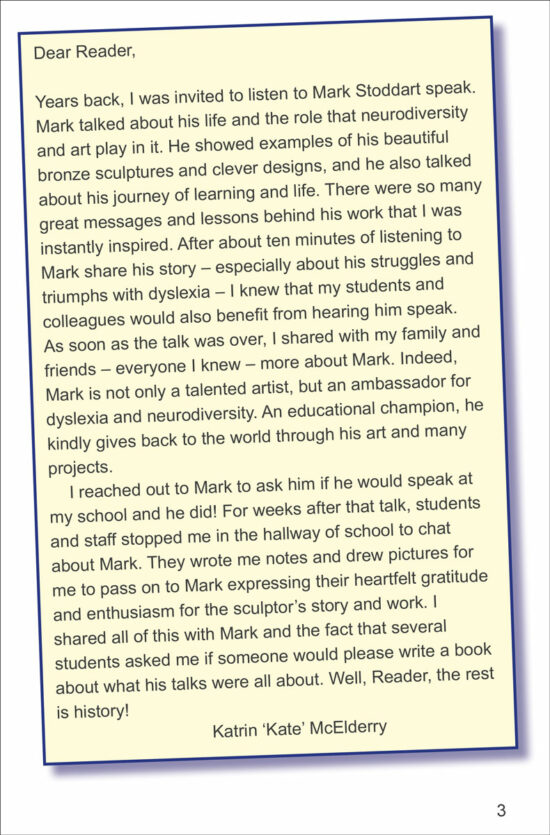Katrin McElderry
Showing the single result
Author facts:
1. I have dyscalculia and modeled the character Breda after my own learning profile. My brain sometimes transposes multi-digit numbers. Early in my school years, this meant that mental maths was sometimes a real kicker for me in school and consequently caused frustration. Like Breda, I knew what to do, but couldn’t trust that the answer would come out correctly! Writing things out, using drawings and making models absolutely helped me visualise and gain a real ‘feeling’ for mathematical concepts, however. In fact, over time, I have not only become better at maths, I have come to see it as part of the beauty of nature and the world around me. Just like Breda, I learned Algebra through scales and blocks—a true aha moment for me many years ago!
2. I love learning about the brain—its complexity and plasticity!–and have been influenced by the wonderful neuroscientists I know. One of them is researcher and professor, Dr Fumiko Hoeft, a brain scientist and leading dyslexia expert. Besides working with university students, she sometimes dresses up as a brain or Einstein to teach kids about their own brains. Watching her teach inspired the character, Dr Calcooya in the book, who is both a maths teacher and scientist. Like Dr Hoeft, Dr Calcooya empowers learners and makes complex concepts attainable and exciting to all!
3. I am the daughter of an artist who is passionate about art as a means of learning and connection. My mother’s influence probably explains why as a teacher (formerly science, now reading and writing) I match creative, hands-on art projects to bolster comprehension skills. Whether in my Odyssey classroom, a three-room school house in Paraguay, or the neurodiverse-focused school in Kenya, I integrate the arts with academics. Some of these art projects include giant community murals with up to 50 participants contributing, brain models, instillations and paper engineering projects as well. Art can make meaningful, shared learning experiences!
4. More on art! It is a GREAT way to create and keep ourselves active and positive. During the lockdown of the pandemic, I painted a large ceiling mural in my kitchen. It is of a branching tree with leaves floating in the wind. I finished off the painting with a celtic knot frame to tie it altogether. At the initial start of the project, my kids ran in to see what I was doing. ‘Wow! You are on a really tall ladder! We like it, but WHY are you painting the ceiling?’ they asked. ‘To keep looking up,’ I said with a wink. ‘Great idea,’ they replied.
5. I think of myself as a ‘trans-Atlantic.’ My husband is British and together we have many family and friend connections across the Atlantic in the UK and Ireland. I cherish our visits and seeing everyone. I also enjoy having the chance to do collaborative professional work projects while visiting. In fact, I had the pleasure of writing part of the Learning Resource section of the book at Forge Corner’s Writers Retreat in Sligo, Ireland. Then too, the book was also worked on and compiled in the UK where co-author, Mark Stoddart is from. Next to my desk is a world map that reminds me how connected we all are—those of us on the coasts of the Atlantic, but really anywhere in the world.
More about Katrin:
Katrin McElderry is a program director for dyslexia outreach programs and a learning specialist for language and literacy skills. She works at The Odyssey School, a unique evidence-based school in Baltimore County, Maryland for students with dyslexia and other language-based learning differences.
Katrin is co-author with Mark Stoddart of Making a Mark! – Discovering the Power of Neurodiversity on a Learning Safari.


